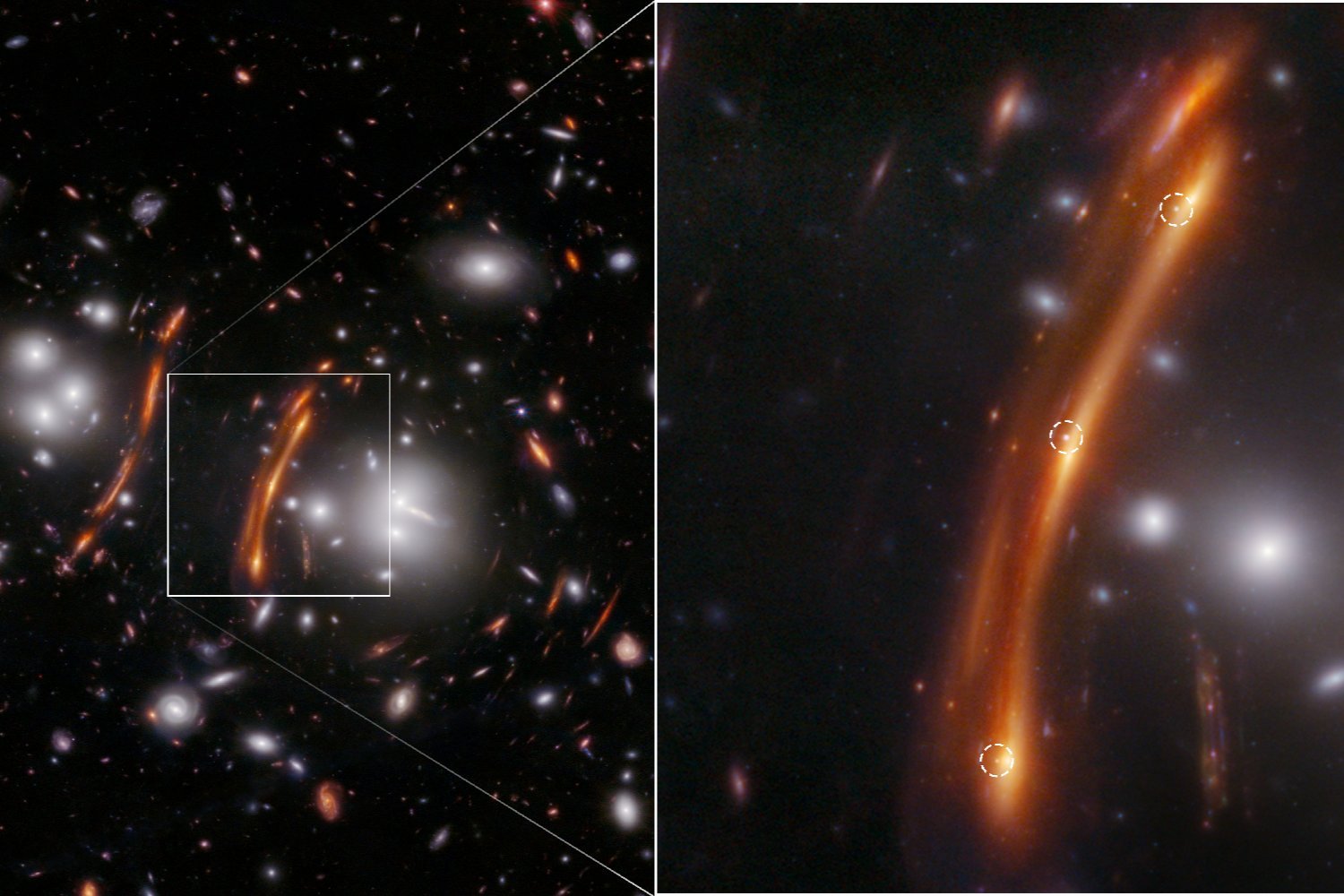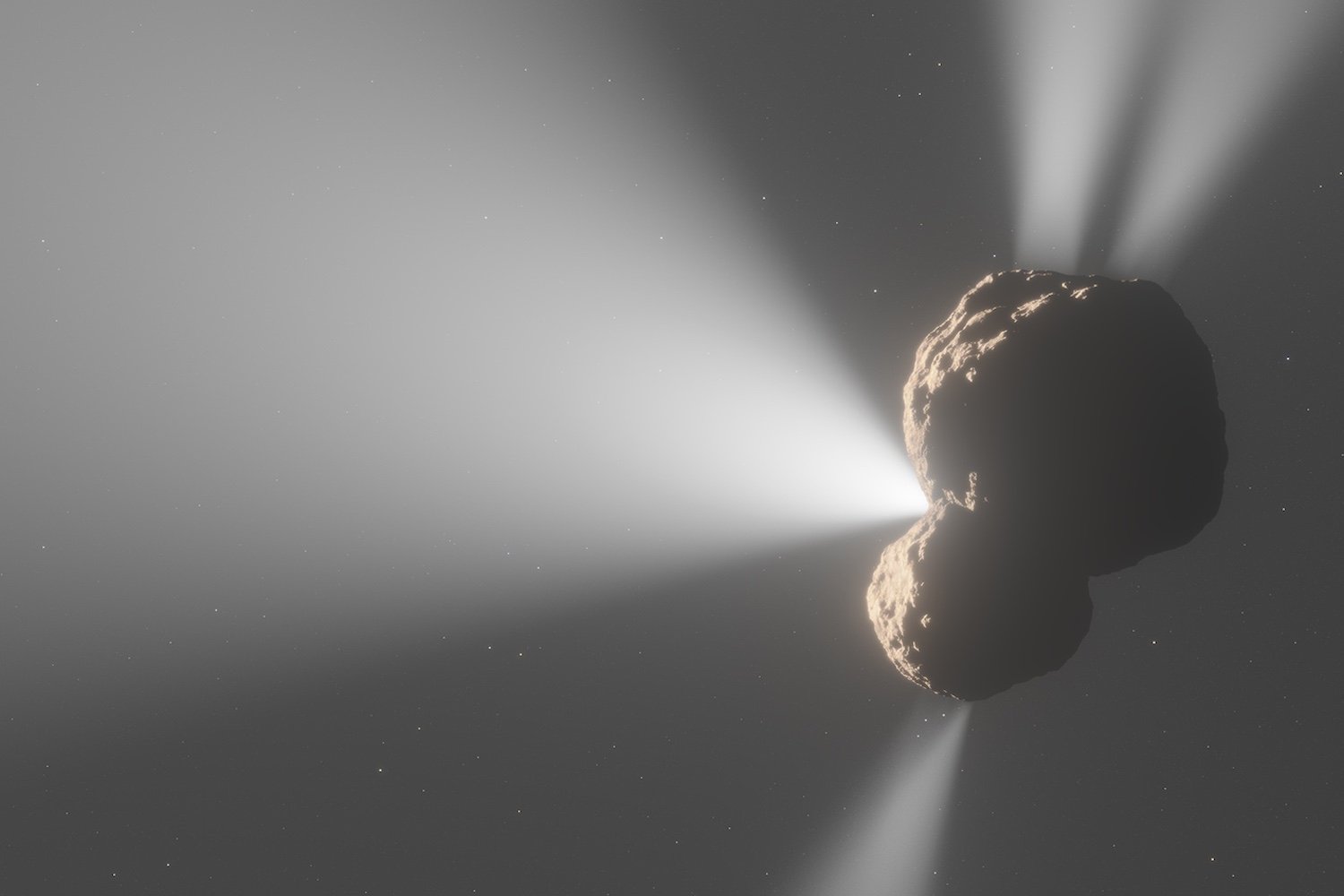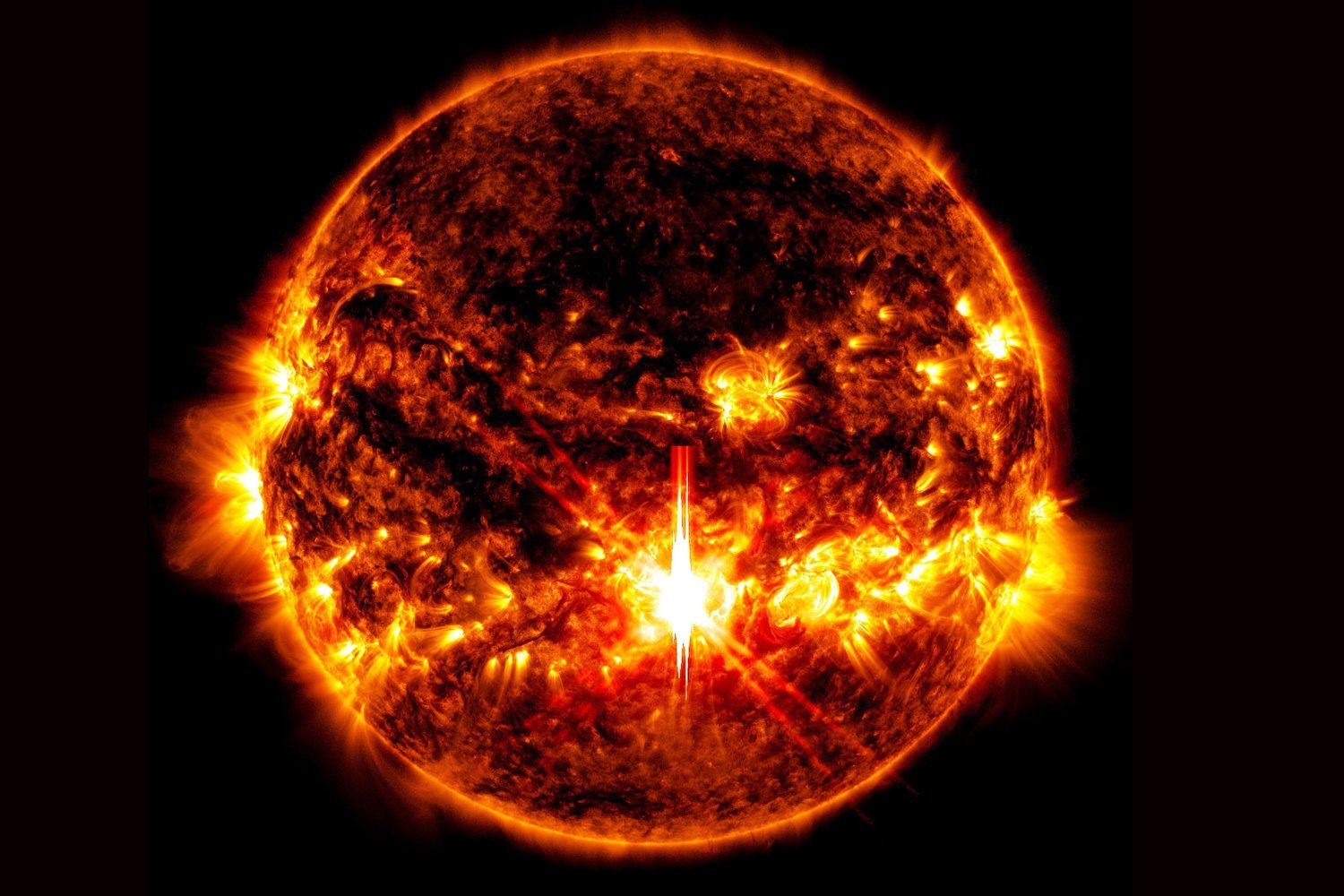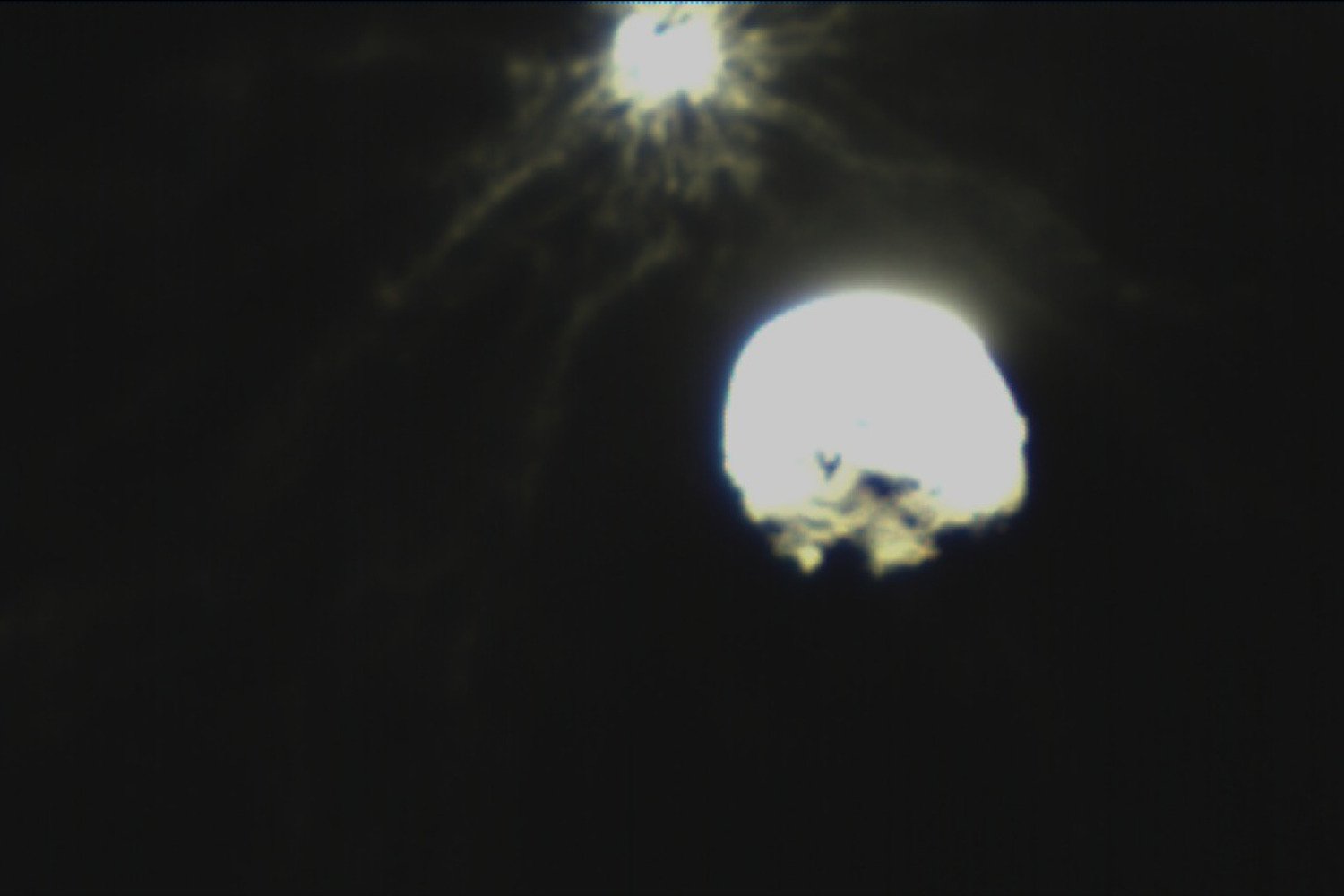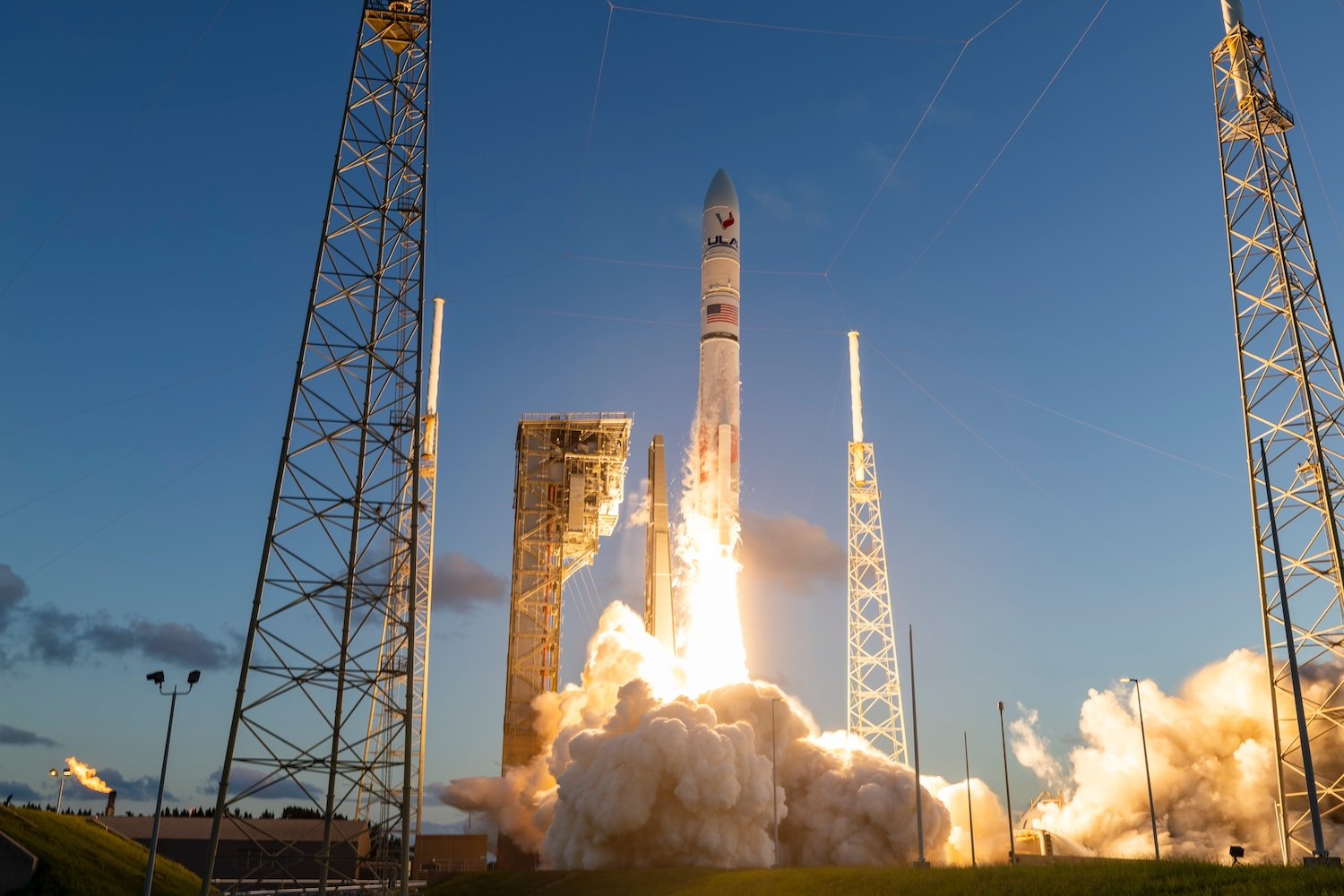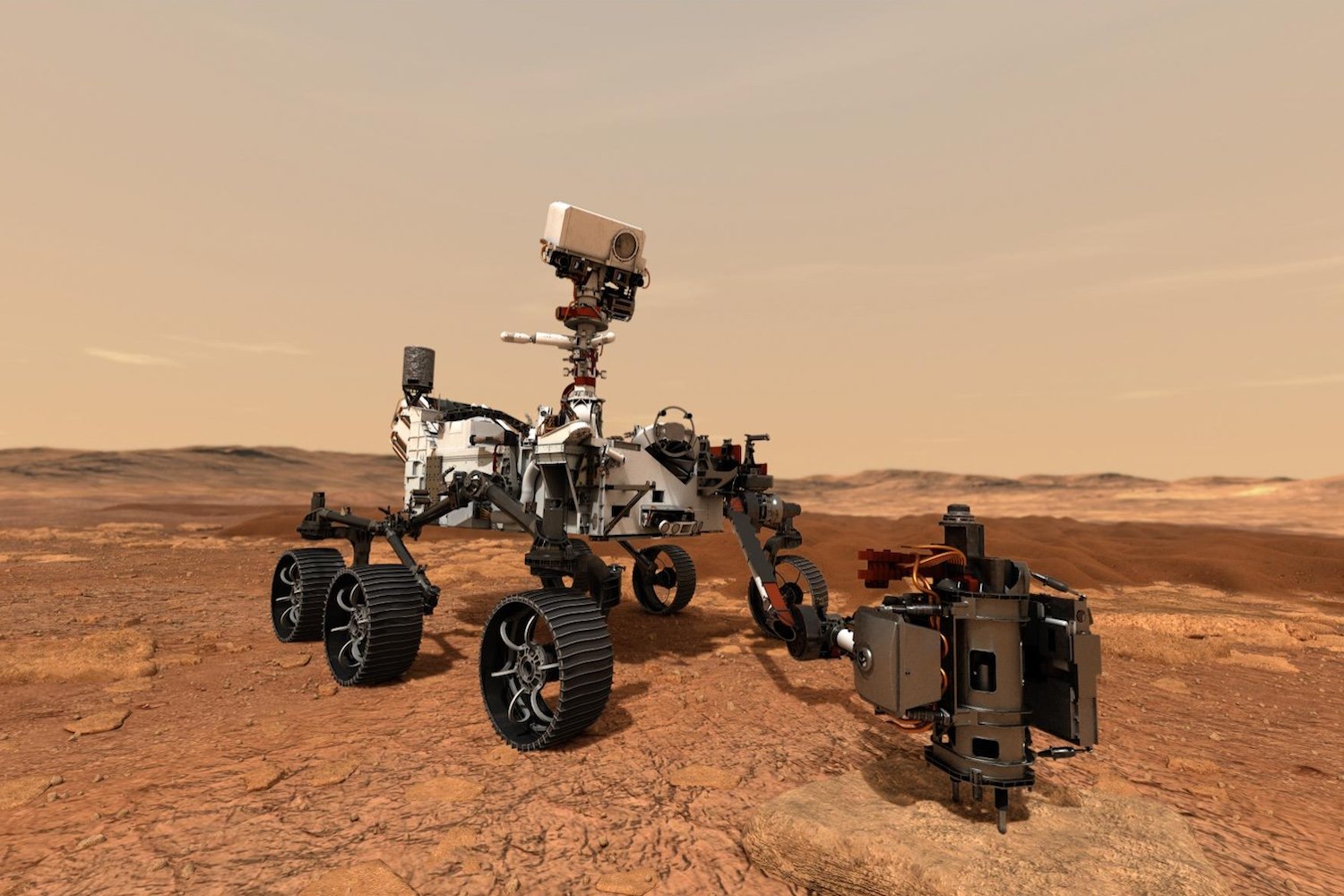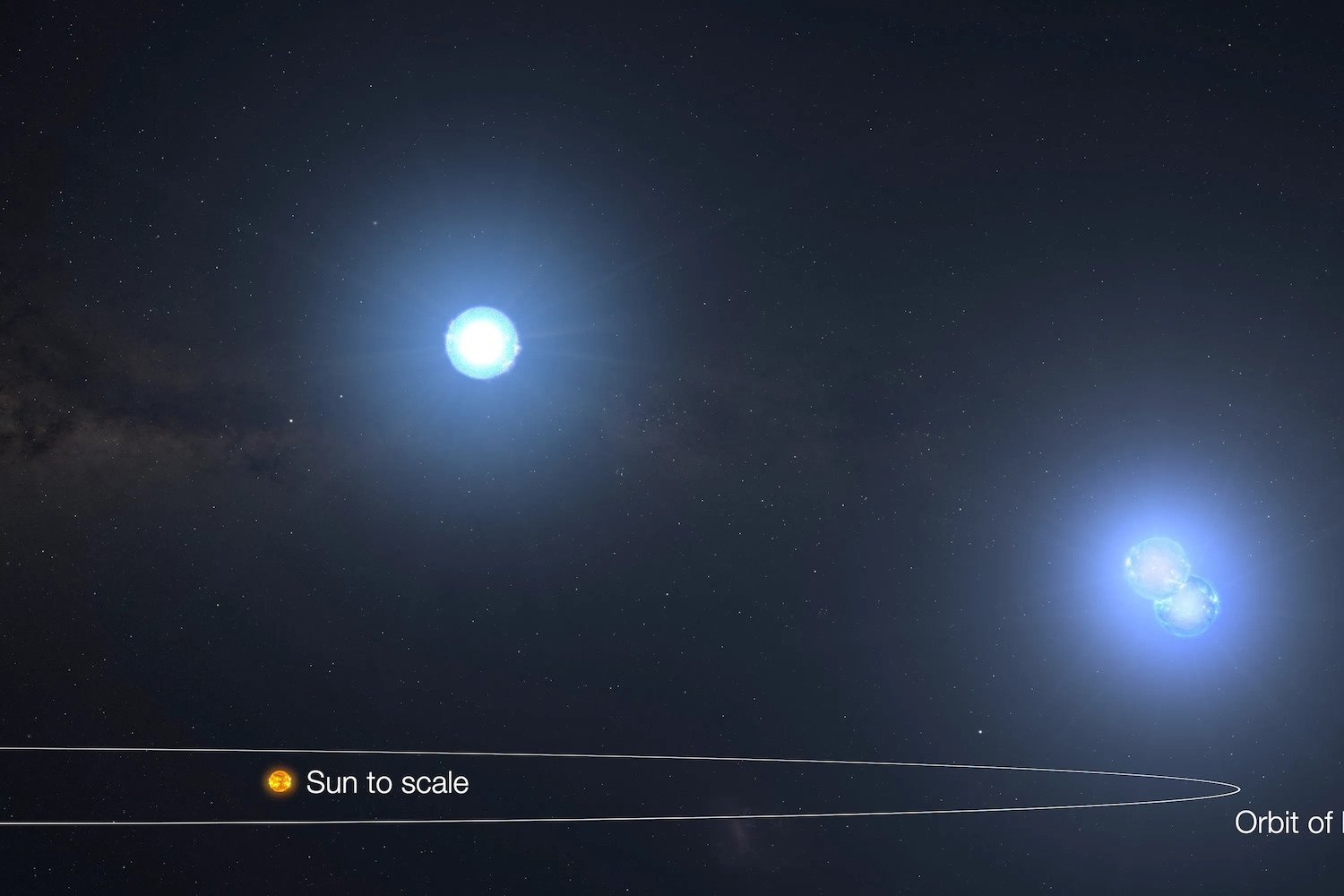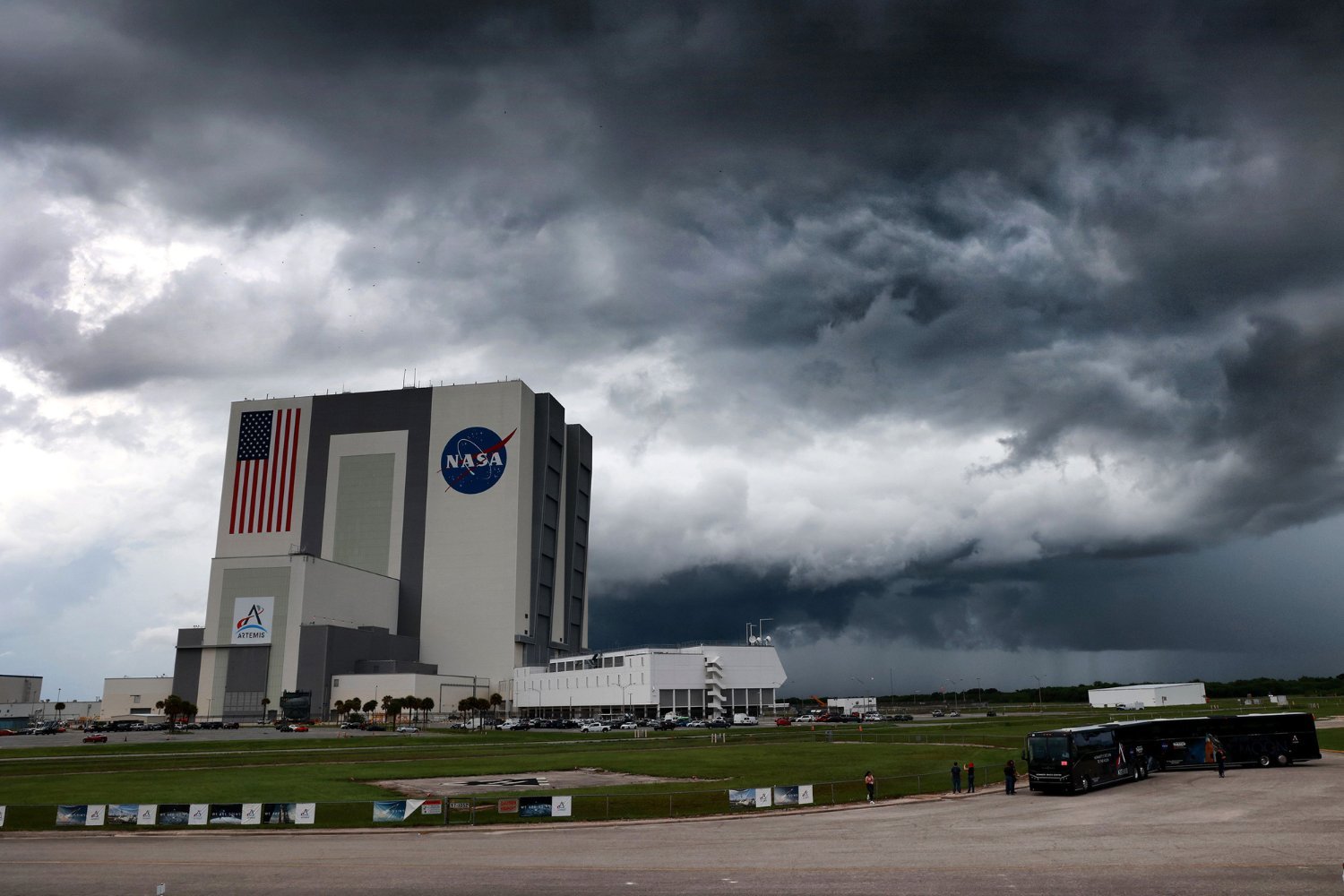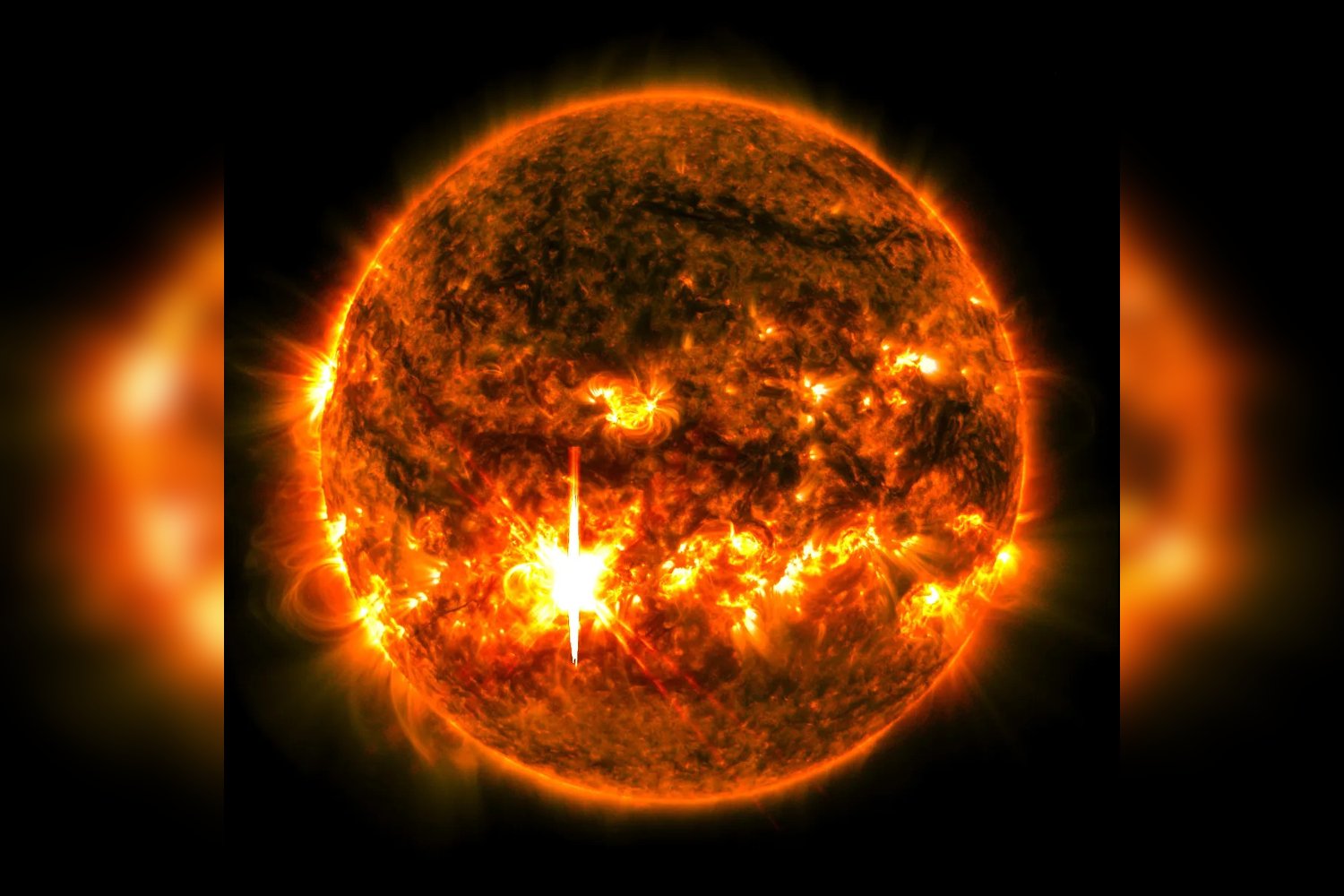The James Webb Space Telescope has captured a striking image of a single supernova appearing three times, a phenomenon made possible by the curvature of spacetime known as gravitational lensing. This observation has also provided valuable data for measuring the Hubble constant, a crucial value representing the universe’s expansion rate, and a source of ongoing debate among cosmologists.
Gravitational lenses occur when massive structures like galaxy clusters warp spacetime, bending and magnifying the light from more distant objects. In this case, a galaxy cluster in Ursa Major, designated PLCK G165.7+67.0 (or G165), acted as the lens, focusing the light from a much more distant supernova. This phenomenon allowed Webb’s Near-Infrared Camera (NIRCam) to observe the supernova’s light along three different paths, effectively capturing the same event at three different points in its explosion.
This region of space, previously imaged by the Hubble Space Telescope in 2015, is known for its high rate of star formation, including stars hundreds of times more massive than our Sun. Webb’s infrared capabilities have allowed astronomers to detect fainter light sources, revealing more detail in this dynamic region. The supernova images were captured by NIRCam during March, April, and May of 2023. While G165 is located 3.6 billion light-years from Earth, the supernova it magnifies is significantly older.
As explained by Brenda Frye, an astronomer at the University of Arizona and a member of the research team, the three supernova images are analogous to viewing an object from different angles in a three-paneled mirror. Each panel captures a slightly different moment, just as the light from the supernova travelled along paths of varying lengths, reaching Webb at different times. This time-delay effect allows scientists to study the supernova’s evolution in a unique way. This isn’t the first instance of a time-delayed supernova. In 2016, a supernova nicknamed “Requiem” was observed multiple times, with additional light from the event expected to reach Earth in 2037.
The galaxy cluster G165 appears flattened in the image due to the gravitational lensing effect, which stretches its light into an arc. The three supernova images appear as bright specks along this arc. A similar arc-and-specks structure led to the discovery of Earendel, the oldest known star, in 2022.
This “trifold” supernova, dubbed SN H0pe, provides more than just a visual curiosity. It offers crucial data for addressing the Hubble tension, a discrepancy between different methods of calculating the universe’s expansion rate. The Hubble constant can be estimated by studying the cosmic microwave background (the earliest observable light) or by observing Cepheid variable stars, which act as cosmic distance markers. These two methods currently yield different results, creating a puzzle for cosmologists.
Previous Webb observations have confirmed that the Hubble tension is not due to instrumental errors with the Hubble Space Telescope. The SN H0pe data provides further evidence of this tension, reinforcing its significance. The team plans to use future Webb observations to refine their Hubble constant measurement and reduce uncertainties, contributing to a deeper understanding of the universe’s expansion. This research builds upon several papers published in The Astrophysical Journal earlier this year, with further analysis available on the arXiv preprint server. The James Webb Space Telescope continues to provide unparalleled insights into the cosmos, from the earliest moments after the Big Bang to the intricacies of gravitational lensing.



